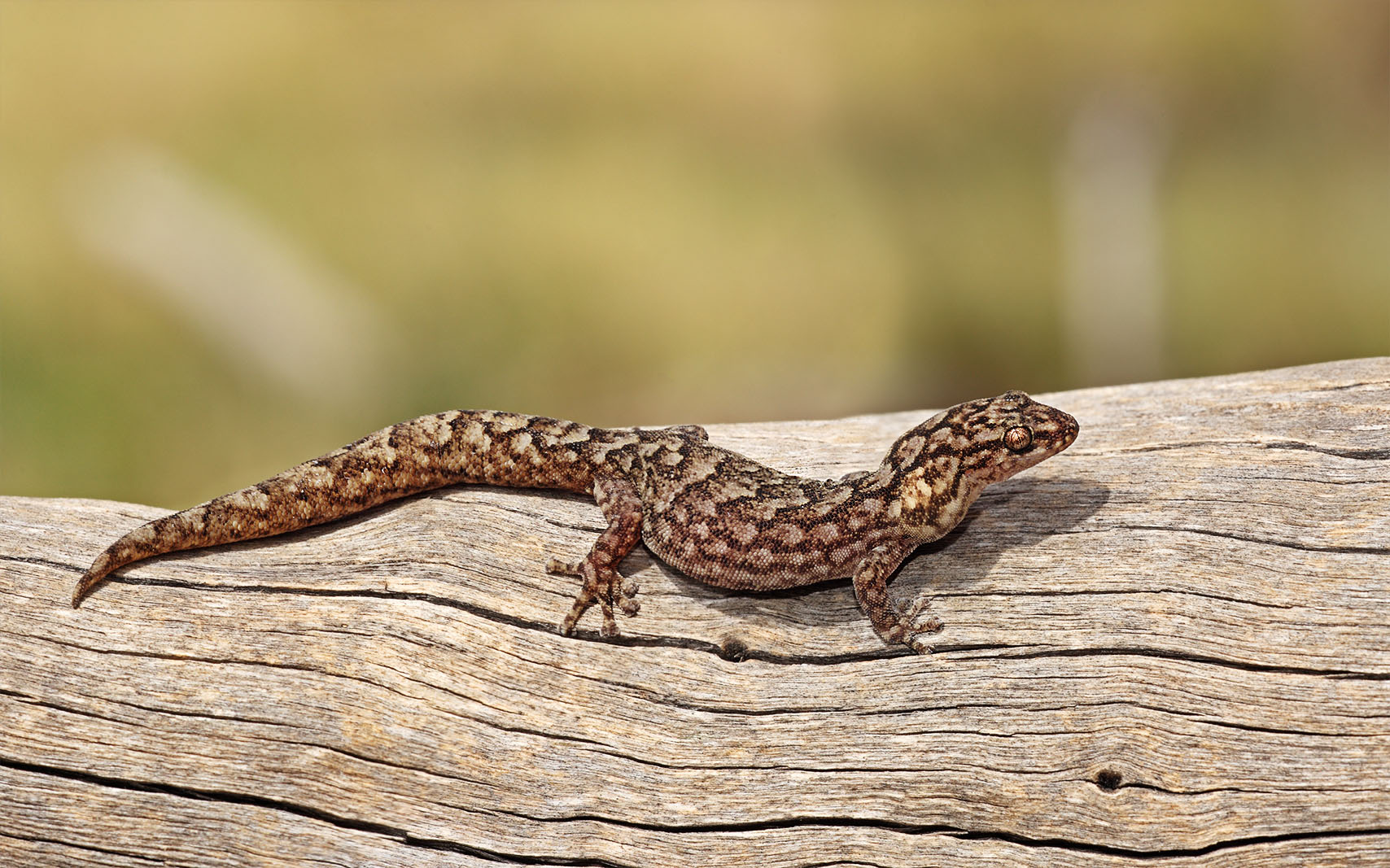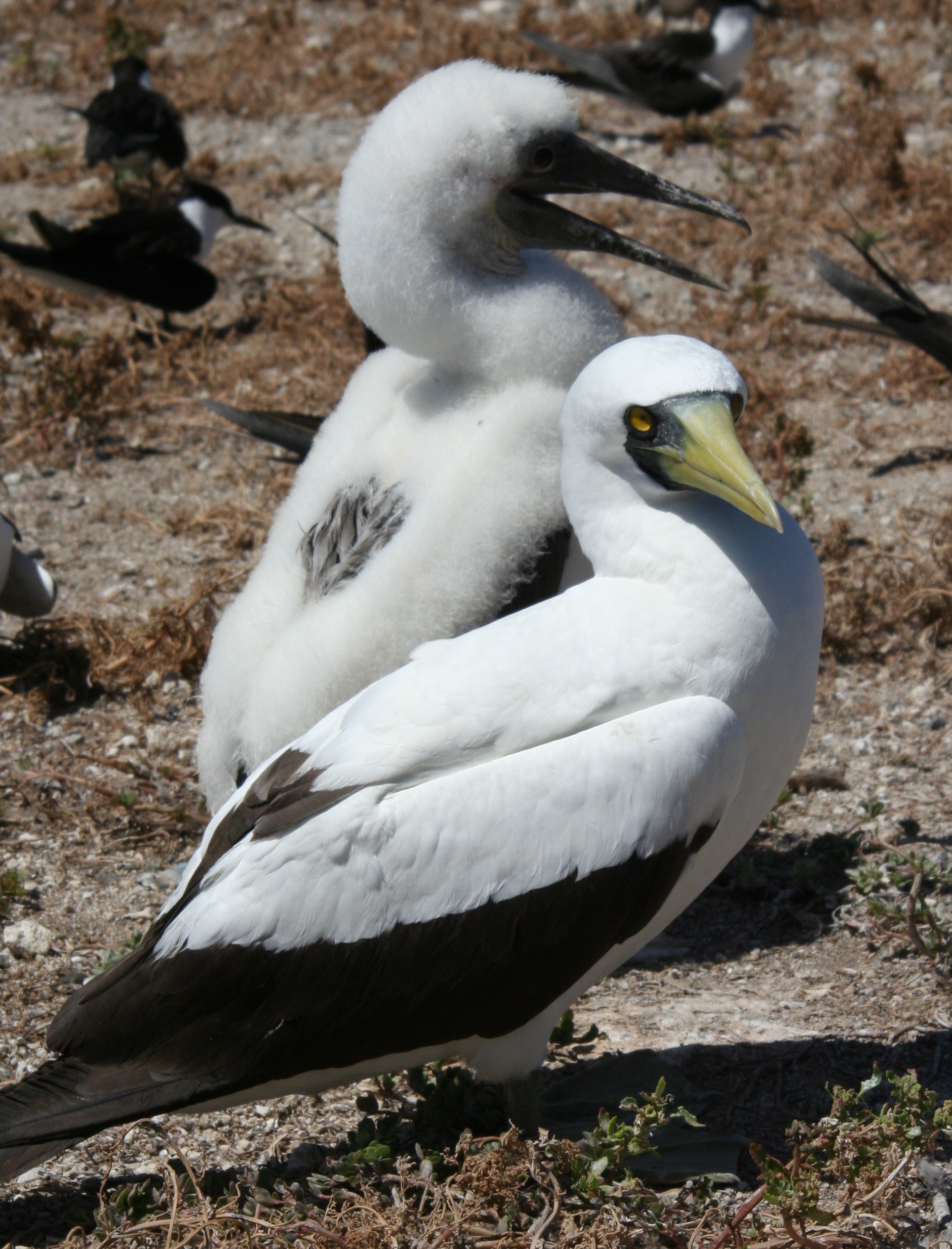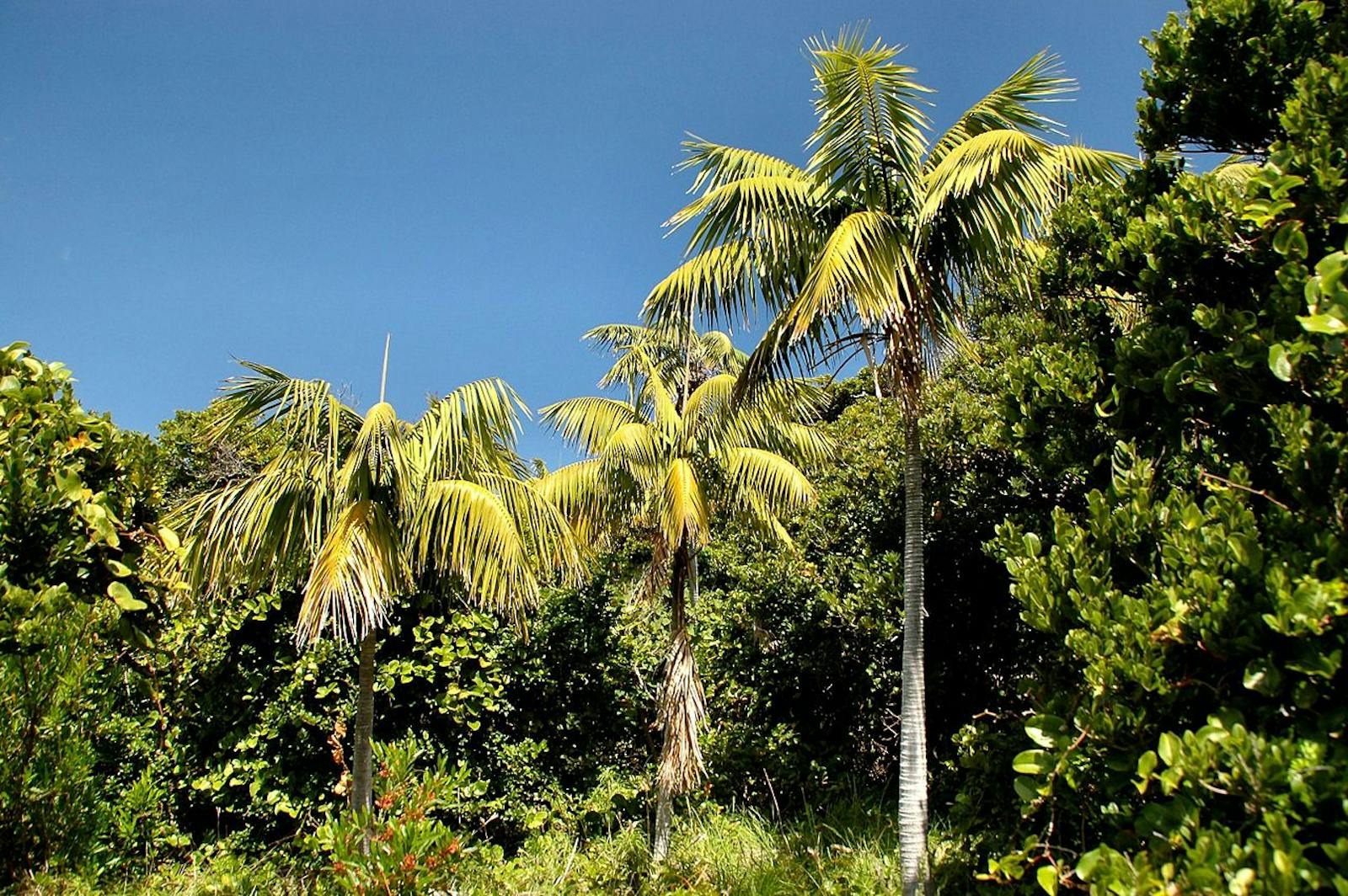Lord Howe Island Subtropical Forests
The ecoregion’s land area is provided in units of 1,000 hectares. The conservation target is the Global Safety Net (GSN1) area for the given ecoregion. The protection level indicates the percentage of the GSN goal that is currently protected on a scale of 0-10. N/A means data is not available at this time.
Bioregion: Lord Howe & Norfolk Islands (AU2)
Realm: Australasia
Ecoregion Size (1000 ha):
1
Ecoregion ID:
142
Conservation Target:
97%
Protection Level:
14
States: Australia
The 12 cm long Lord Howe Island phasmid (stick insect) is one of the rarest insect in the world, only found on a group of remote islands over 300 km east of Australia mainland. This gigantic “land lobster” was once abundant in the 19th century and fishermen used them regularly as baits. Believed to be extinct since the early 1900s after black rats were introduced to the island, a few individuals were discovered in 2001 clinging to a cliff-side bush on an offshore islet. These ‘sausages with legs’ have since been bred in captivity for release onto the main island after the rats are eradicated.

The flagship species of the Lord Howe Island Subtropical Forests ecoregion is the Lord Howe Island marbled gecko. Image credit: Creative Commons
The Lord Howe Island Group are the remnants of ancient volcanoes, and the main island, Lord Howe Island, is small (14 km2). It has a humid subtropical climate, with warm-hot summer and erratic rainfall. Average maximum temperatures ranges from 17–20°C in the winter to 24–27°C in the summer. The tall peaks in the south provide a range of microclimates that support an array of different closed-canopy habitats. Blackbutt, Big Mountain Palm, and Kentia Palm dominate in some communities. Sallywood is common in lowland swamp forests. At the top of the misty peaks, one finds the soggy Hotbark-Fitzgeraldii Gnarled Mossy Cloud Forest. There are 239 species of native plant with 113 (47%) unique to the island. Five endemic plant genera, including Lordhowea and Howea, reflect long evolution from the island’s isolation. Twenty percent of the 105 mosses are endemic.

Lorde Howe wedding lily. Image credit: Creative Commons
Despite its remoteness, the flora and fauna of the island is representative of species from Australia, New Zealand, and the South Pacific accumulated over time. Twenty-six land birds have been documented though nine are now extinct. Thirteen of these birds were unique to the island. Thirty-one seabirds and shorebirds visit the island. The Lord Howe Island gecko, the Lord Howe Island skink, and two small bats are the only other native land vertebrates. More than 1,600 invertebrates are described with up to 60% of some taxa being endemic. Placostylus land snails and other leaf litter invertebrates have high levels of endemism. Endemic species are concentrated in the closed forests of the southern peaks. The UNESCO records the Lord Howe Island Group as a World Heritage Site of global natural significance.

Masked booby with chick. Image credit: Duncan Wright, Creative Commons
The current human population on the island is about 350. The Greybark/Blackbutt and Sallywood lowland habitats have been more heavily impacted than others due to clearing for settlement. Major threats to the native biota come from introduced plants and animals, particularly black rats that prey on birds, lizards, and invertebrates, as well as native plants.
The priority conservation actions in this ecoregion are to: 1) reinforce and monitor the planned island-wide eradication of black rats and other invasive species to help restore native communities; 2) monitor the biodiversity hotspot areas on the island that deserving increased conservation attention, including Balls Pyramid, the eastern settlement area, the northern hills, offshore islands, Steven’s Reserve, and Transit Hill; and 3) gazette formal protected areas in these identified priority hotspots and implement effective conservation management.
Citation
- Auld TD, I Hutton. 2004. Conservation issues for the vascular flora of the Lord Howe Island Group. Cunninghamia 8:490-500.
- Cassis G, L Meades, R Harris, C Reid, G Carter, L Wilkie, E Jeffreys. 2003. Lord Howe Island Terrestrial Invertebrate Biodiversity and Conservation, Report to the NSW National Parks and Wildlife Service. Australian Museum Centre for Biodiversity and Conservation Research, Sydney.
- Department of Environment and Climate Change (NSW). 2007. Lord Howe Island Biodiversity Management Plan.




